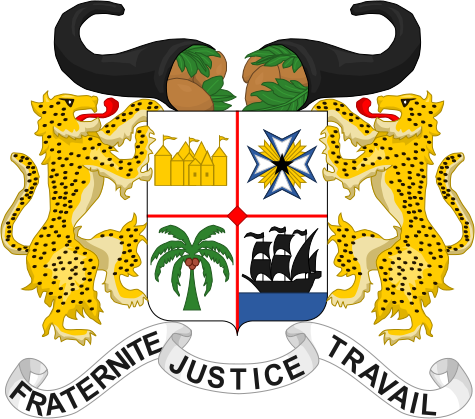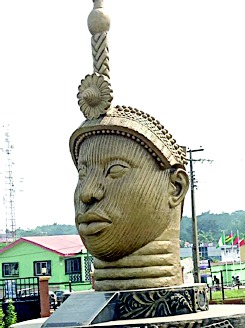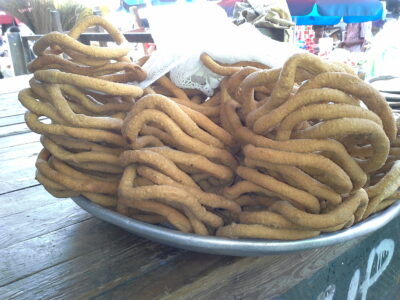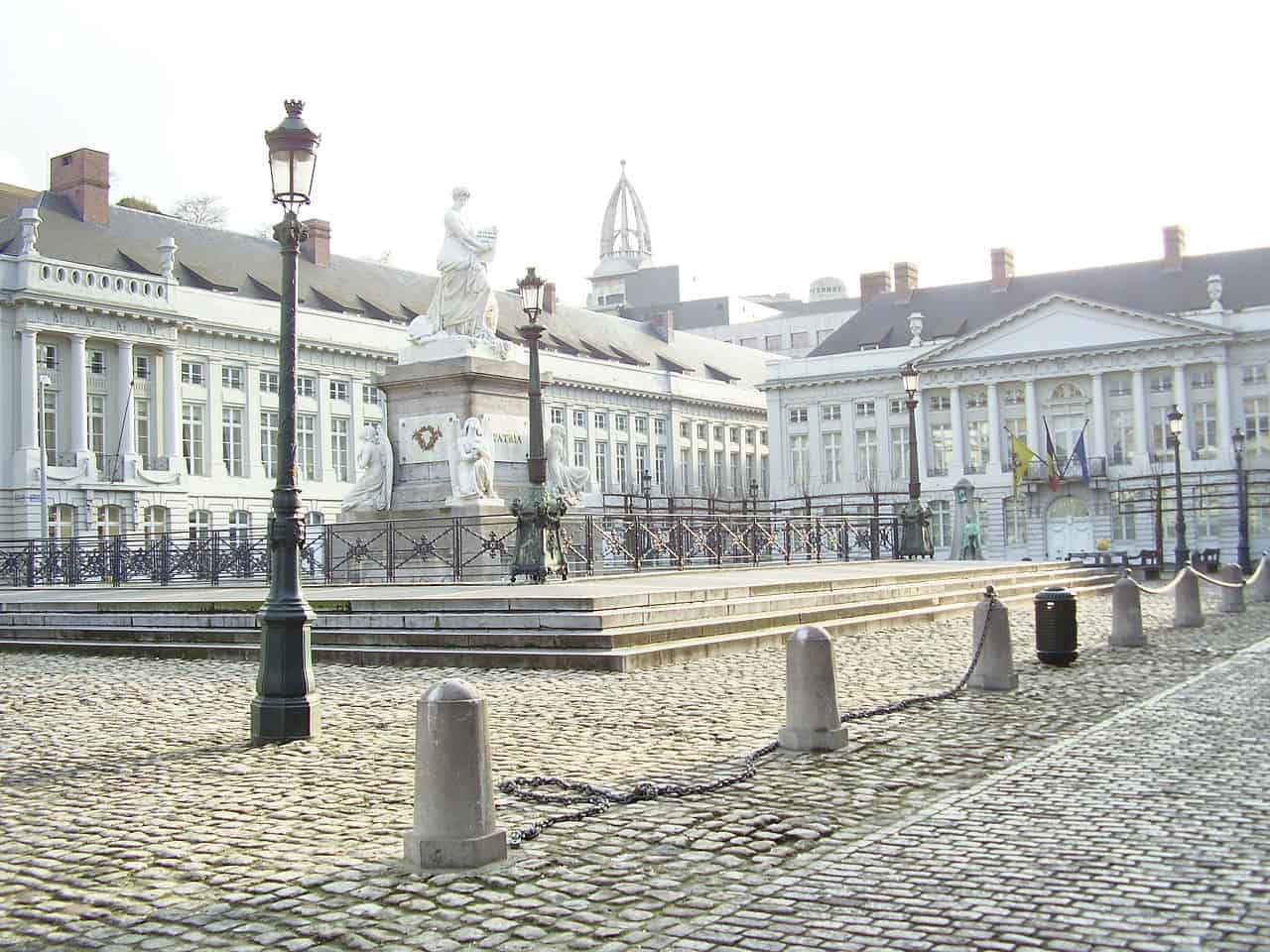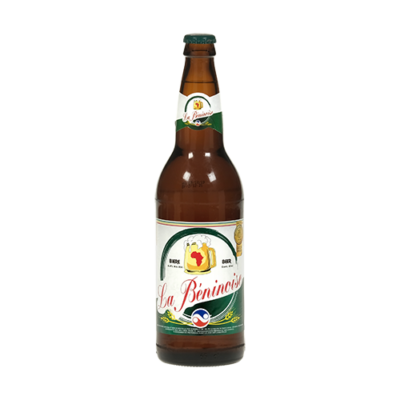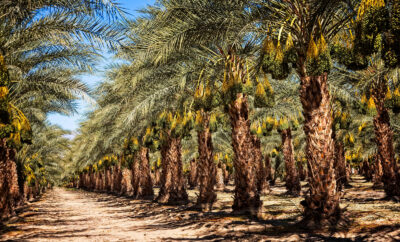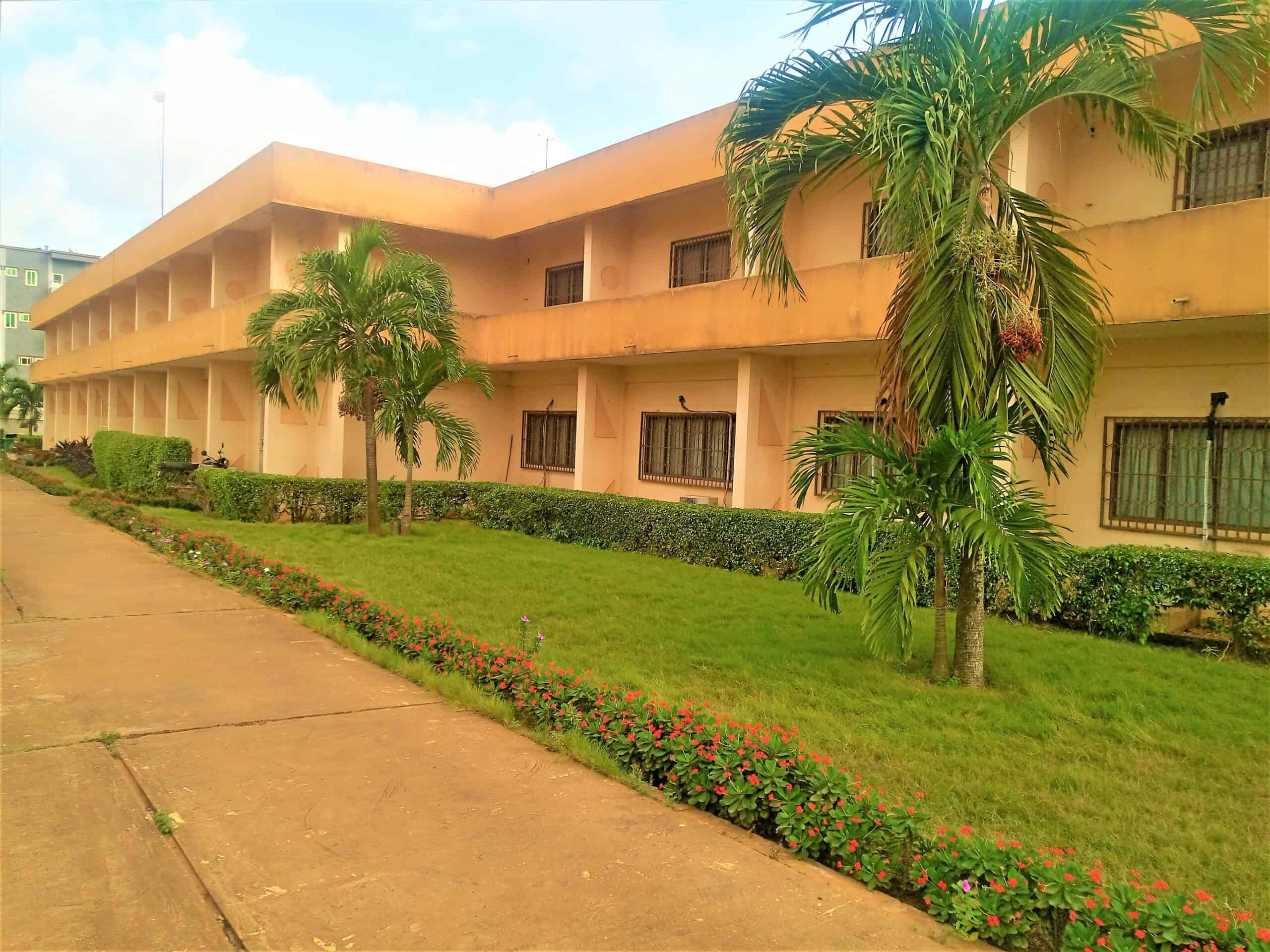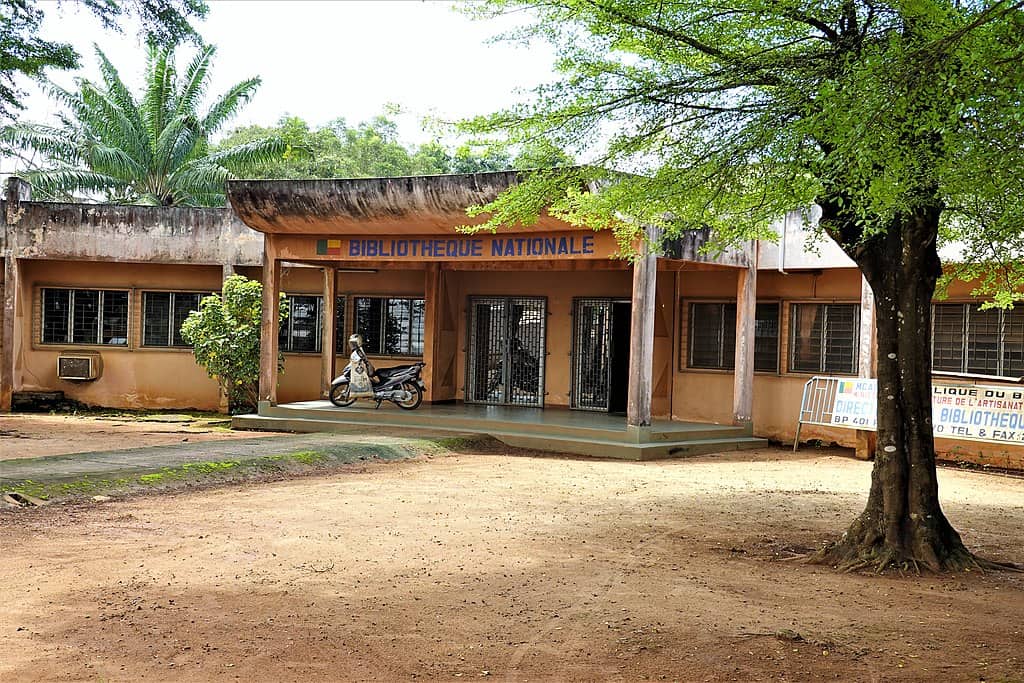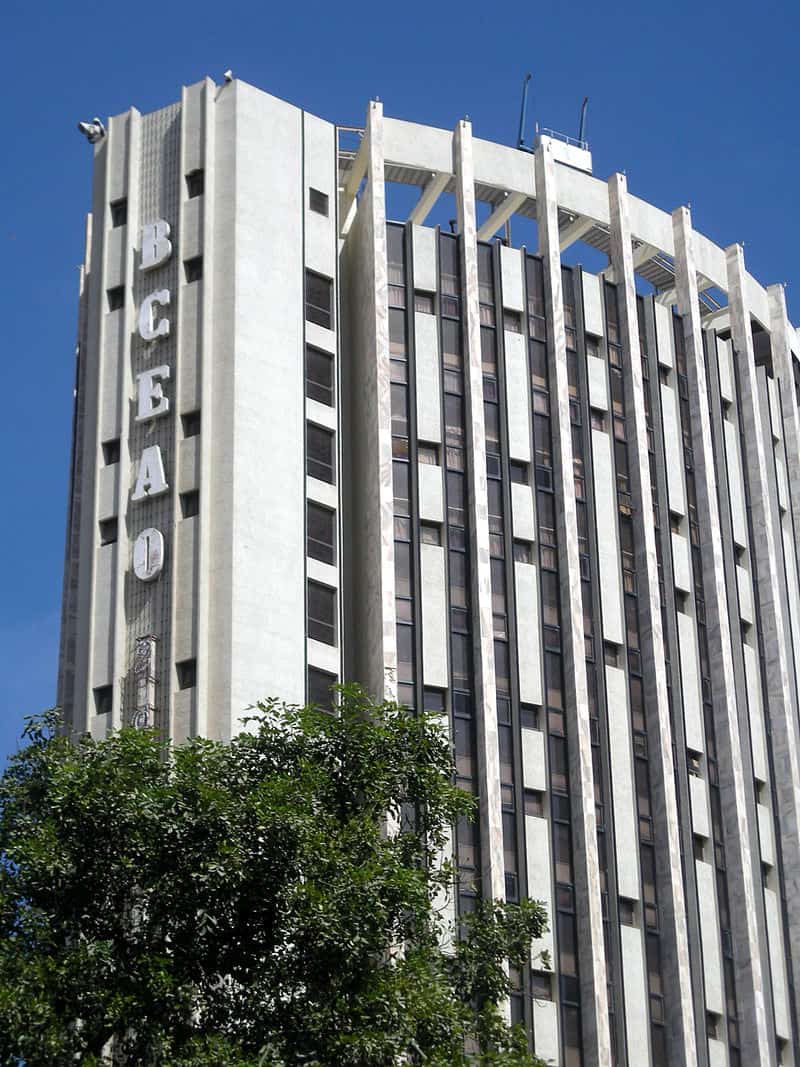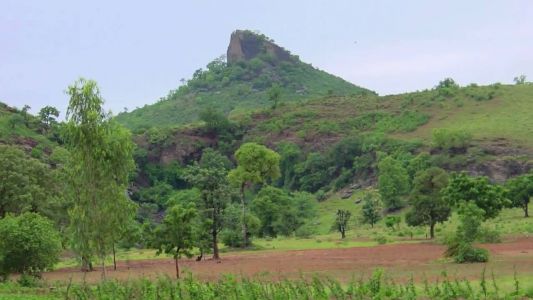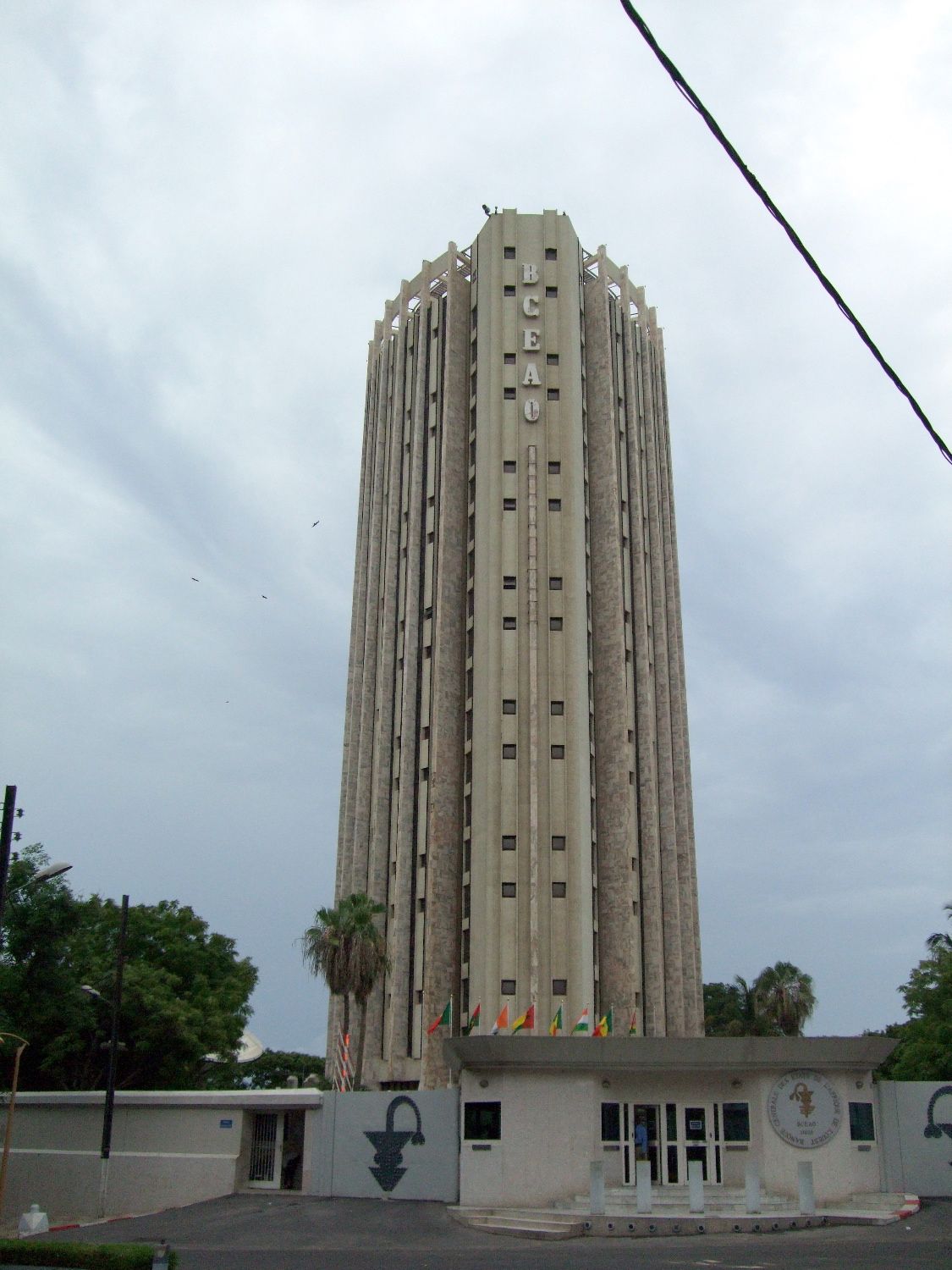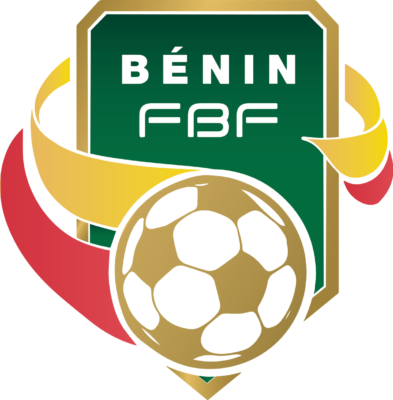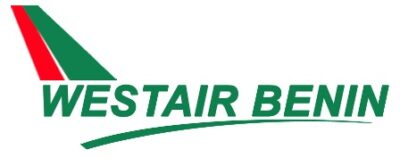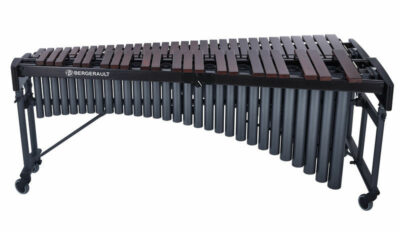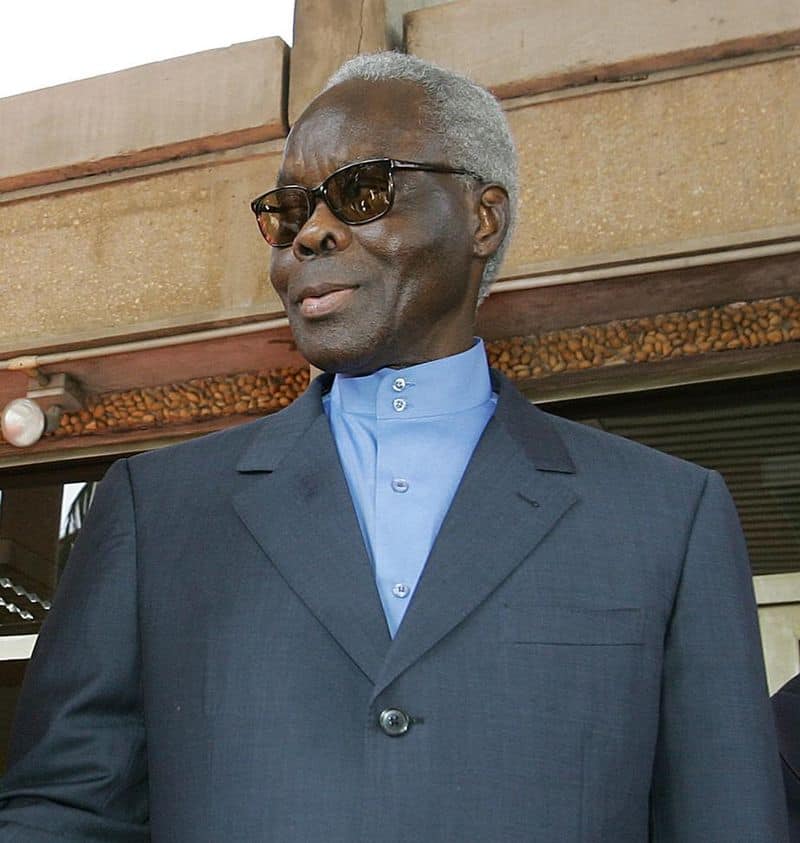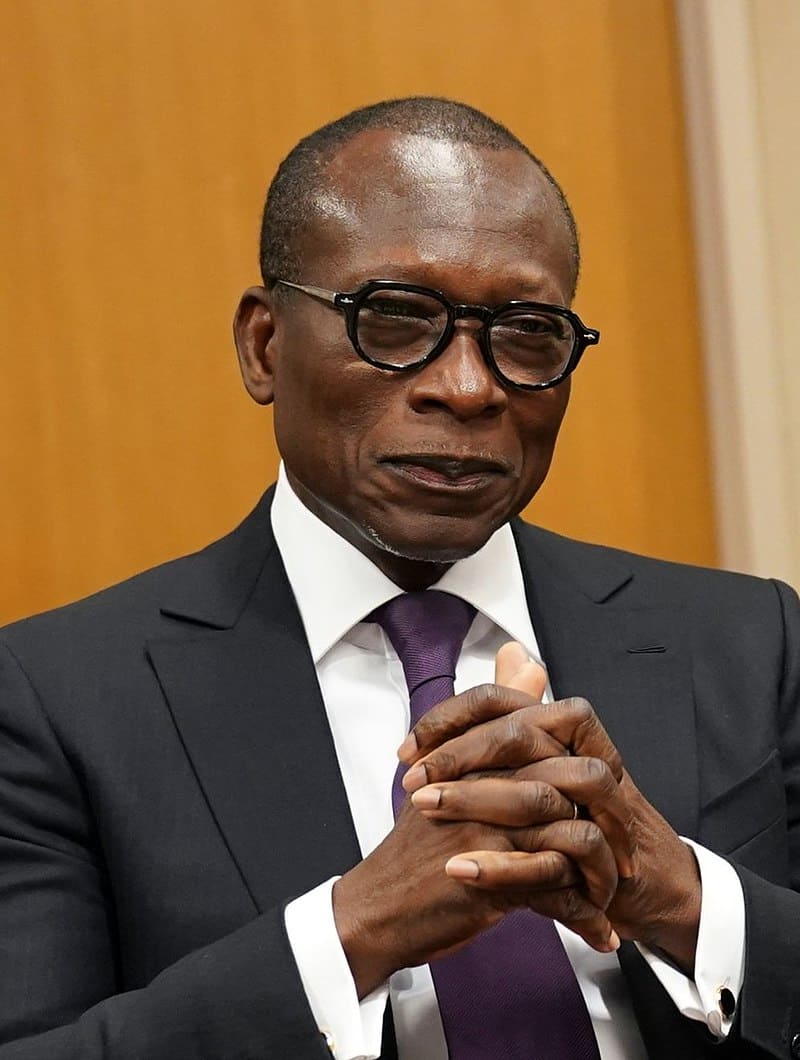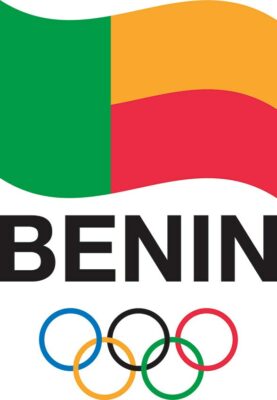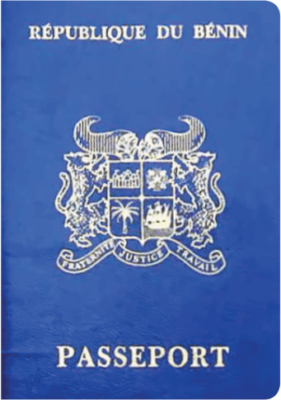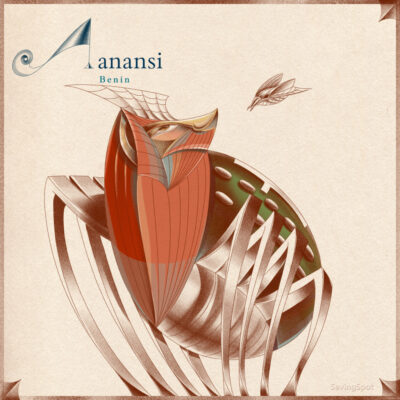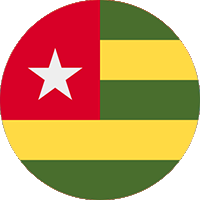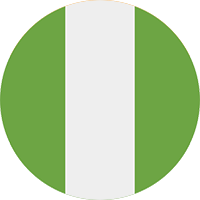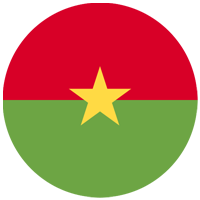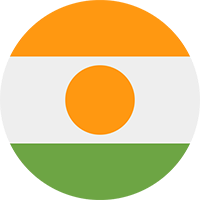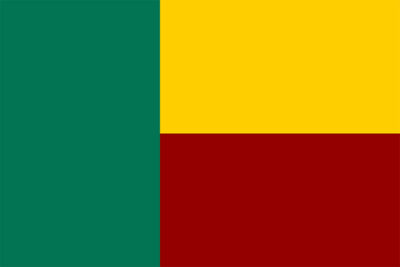National Symbols of Benin
Last updated on August 18th, 2023 by Editorial Staff
Table Of Contents
By | Updated on August 18, 2023
Reviewed by Rittika
Benin is a country in Africa. The official name of Benin is the Republic of Benin. It shares borders with 4 countries: Togo, Nigeria, Burkina Faso, and Niger. The people of Benin are called Beninese, Beninois. The country is situated in Western Africa, bordering the Bight of Benin, between Nigeria and Togo.
Etymology discusses where a term is considered to have originated from and how its meaning has changed over time. Etymology has been a factor in the naming of countries all across the world, and Benin has also been influenced. The etymology of Benin can be defined as; “Land beside the Bight of Benin”.
An ethnicity is a group or sub-group of people who are connected based on common characteristics which may include religion, origin, language, traditions, or culture. The ethnic groups in Benin include Fon, Adja, and Mina.
Westair Benin is the national airline of Benin. The national colors of the country are green, yellow, and red. The emoji flag of the country is ????????, and the ISO code is BEN.
Benin is known for its brass work. The national dish of Benin is Kuli-Kuli. La Béninoise, in addition to being a traditional beverage, is one of the country’s national drinks. The national instrument of Benin is Marimba.
The country has the time zone UTC+1 (WAT) followed by dd/mm/yyyy as the standard date format.
Benin is divided into 12 departments, 77 communes, and 546 districts. Cotonou is Benin’s largest city, while Porto-Novo serves as the capital.
The literacy rate in Benin is 32.9%.
The country’s total area is 114,763 km² (44,310 sq mi), and the total population is 12,123,200. The country’s average elevation is 200 m (656 ft), whereas the country’s terrain can be defined as; Mostly flat to the undulating plain; some hills, and low mountains. The country’s usual climate is tropical; hot, humid in the south; semiarid in the north.
The area of land next to a sea is called the coast, and a coastline is defined as the line where land and sea meet. Benin has 121 km of coastline.
The West African CFA franc serves as the national unit of currency, and the Central Bank of West African States is recognized as the country’s central bank. The domain for Benin is .bj and the country code is +229. Two horns with corn are the country’s coat of arms.
The national dress of Benin is the Bomba and Pagne, and 1 August is designated as National Day. In Benin, the majority of the population practices Christianity, Islam, and other traditional faiths as their religion.
Nature is a blessing from God and we must protect it because it provides us with the oxygen and food to survive. It also helps to keep our environment beautiful and clean. To emphasize the significance of nature, Benin has selected a few forces of nature as national symbols. Benin’s national animal is the Leopards. The national tree of Benin is the Palm tree, and the highest peak is Mont Sokbaro.
Mythical creatures can be found in the literature and mythologies of many different nations. They represent imaginative representations of various creatures, humans, or hybrids. They are known for their specific features, supernatural abilities, and distinctive appearance. The mythical creature of Benin is Anansi.
Sports have always played an important role in developing the social and cultural structure of Benin and other countries. When it comes to designating a sport as the official symbol, Football is considered the country’s national sport.
Oranmiyan is the founder of Benin. The country’s national anthem was written by Gilbert Jean Dagnon, and composed by Gilbert Jean Dagnon.
The country’s national hero is Mathieu Kérékou.
Due to their unique qualities and rich cultural or historical backgrounds, national monuments around the world are of great importance. Place des Martyrs is recognized as the national monument of the country. It attracts visitors from all around the world.
Numerous organizations are working on a global level to improve the current state of affairs and to collaborate in order to establish and maintain constructive partnerships. Benin is a member of the African Union (AU), Organisation internationale de la Francophonie (OIF), Organisation of Islamic Cooperation (OIC), and United Nations (UN). Benin collaborates with them to organize, analyze, and address various events and situations.
“Fraternité, Justice, Travail -“Fellowship, Justice, Labour” is the official motto of the country, and the current President of the country is Patrice Talon.
Benin has declared French as the country’s official language.
– Learn about Benin flag color codes and their meanings –
– Further information regarding the symbols and knowledge of Benin can be found in the table of contents –
Country information
Coat of arms
Flag map of Benin
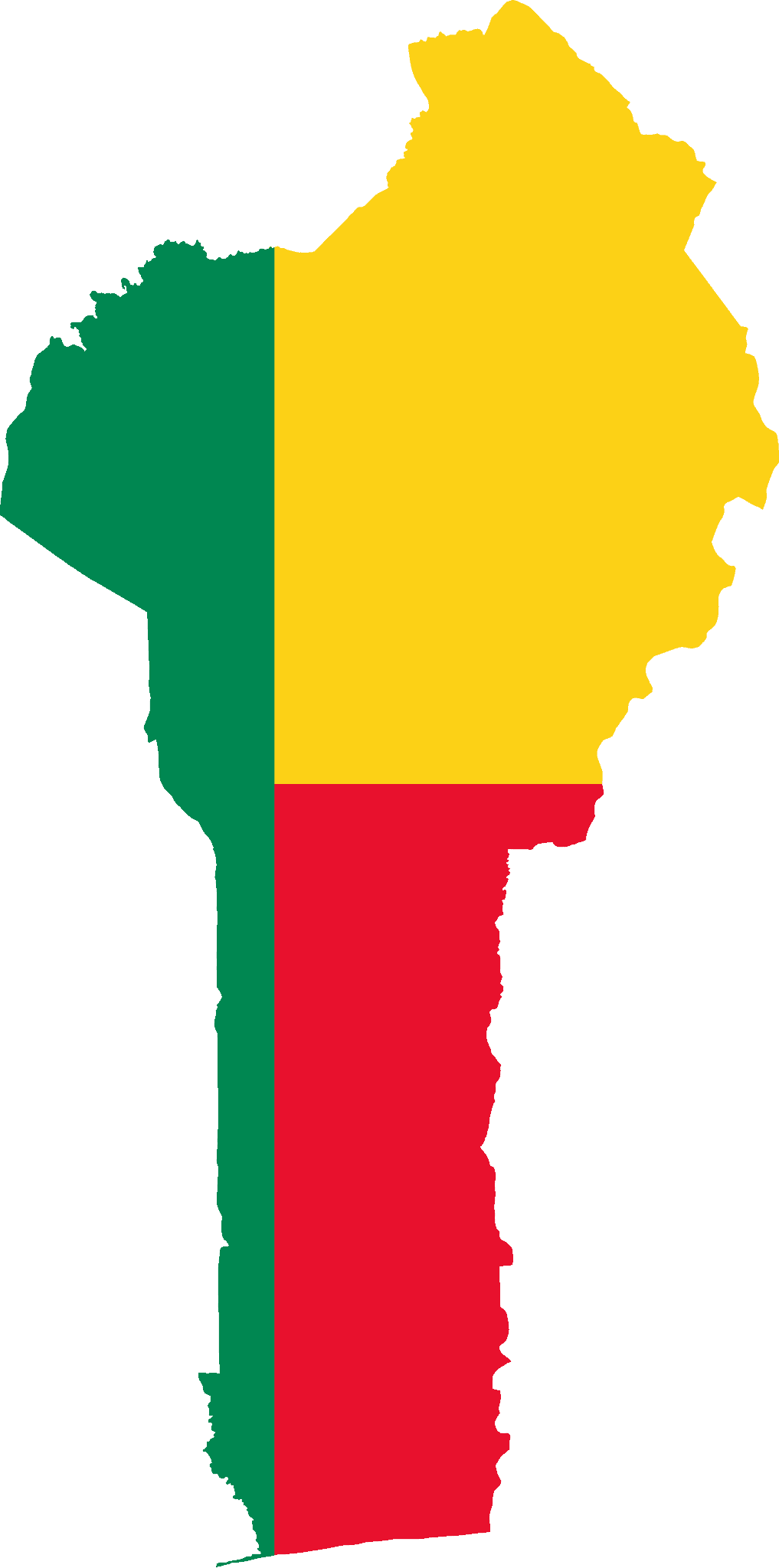
Motto of Benin
Fraternité, Justice, Travail -"Fellowship, Justice, Labour"
National animal of Benin
The National animal of Benin is Leopards
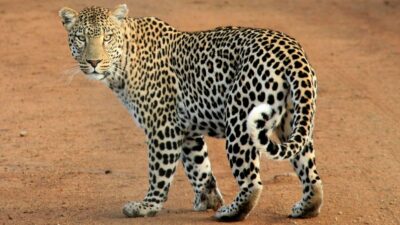
National flower of Benin
The National flower of Benin is Not Declared. Botanical name is .
National bird of Benin
The National bird of Benin is Not Declared
Rest of the National symbols of Benin 👇
-
FounderOranmiyan
-
National dishKuli-Kuli
-
National danceSakpata Gambada, Hèbiosso and Atigali
-
National dressBomba and Pagne
-
National monumentPlace des Martyrs
-
National anthemView Anthem
-
National fruitNot Declared
-
National drinkLa Béninoise
-
National colorsgreen, yellow, and red
-
National sportsFootball
-
National treePalm tree
-
National poetNot Declared
-
National mausoleumNot Declared
-
National archivesNational Archives of Benin
-
National libraryNational Library of Benin
-
Central BankCentral Bank of West African States
-
Highest peakMont Sokbaro
-
Tallest buildingBCEAO Building
-
National football teamBEN
-
Tourism sloganN/A
-
Emoji flag????????
-
National airlineWestair Benin
-
National instrumentMarimba
-
National heroMathieu Kérékou
-
PresidentPatrice Talon
-
Olympics CommitteeComité National Olympique et Sportif Béninois
-
PassportPassport of Benin
-
Mythical CreatureAnansi
Neighbouring countries of Benin
Beninese, Beninois Proverbs - Popular quotes, proverbs and sayings.
Silence is an attribute of the dead; he who is alive speaks. Anyone who sees beauty and does not look at it will soon be poor. Work is the medicine for poverty. The world is a journey, the afterworld is home. A great affair covers up a small matter. Anyone who plants a tree before they die has not lived in vain. Before you ask a man for clothes, look at the clothes that he is wearing. Blacksmiths and woodworkers will never suffer from poverty. Everyone has his place: the dead in the cemetery and the living at the table. Fear a silent man. He has lips like a drum. Many words do not fill a basket. The misfortune that comes into town does not wear a turban.
